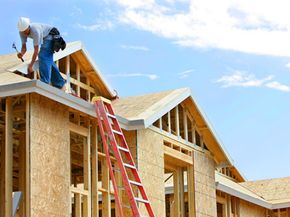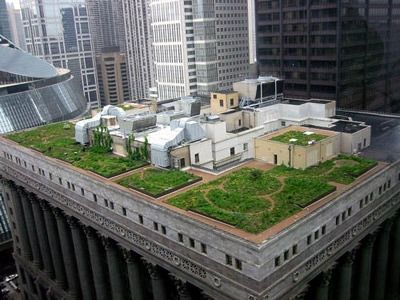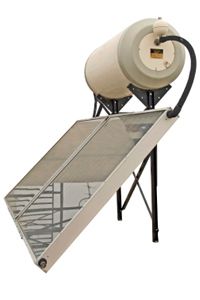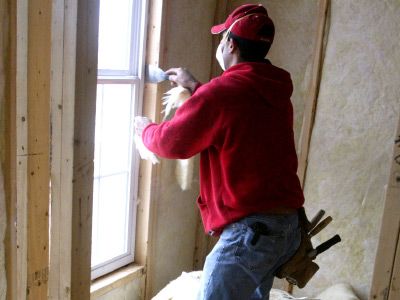Did you know that nearly half of the money you spend on utility bills goes toward heating and cooling your home [source: Federal Trade Commission]? In many American homes, energy costs are literally going through the roof. Your roof is your first -- and best -- defense against the summer heat and the winter chill. A low-efficiency, poorly insulated roof can let in too much heat in the summer, leaving you with huge air conditioning bills. It can also let off too much warmth in the winter, leading to astronomical heating costs.
Spending a little bit of money on a good roof now can save you a lot on heating and cooling bills in the long run. An energy-efficient roof not only protects you from the elements, but it also keeps your home cooler in the summer and warmer in the winter. Energy-efficient materials are also able to withstand the constant bombardment of ultraviolet (UV) radiation from the sun, extending the life of your roof.
Advertisement
The most energy-efficient roofing products have a high solar reflectance, meaning that they reflect the sun's energy back into the environment, rather than absorbing it. Reflective roofs can reduce the temperature on the surface of the roof by as much as 30 percent -- which means that less heat gets into your home [source: Energy Star]. The most energy-efficient roofs also have high emittance, which means they're efficient at releasing any solar heat they have absorbed.
Adding insulation can further increase your roof's energy efficiency. R-value measures the ability of insulation to resist the transfer of heat. In colder climates, insulation materials that have a higher R-value can help trap heat inside the home and lower home heating costs.
Depending on where you live, you might get a financial incentive for making your roof -- and home -- more energy efficient. In California, for example, residents who increase the thermal value of their home's insulation get rewarded in the form of tax rebates.
Advertisement



